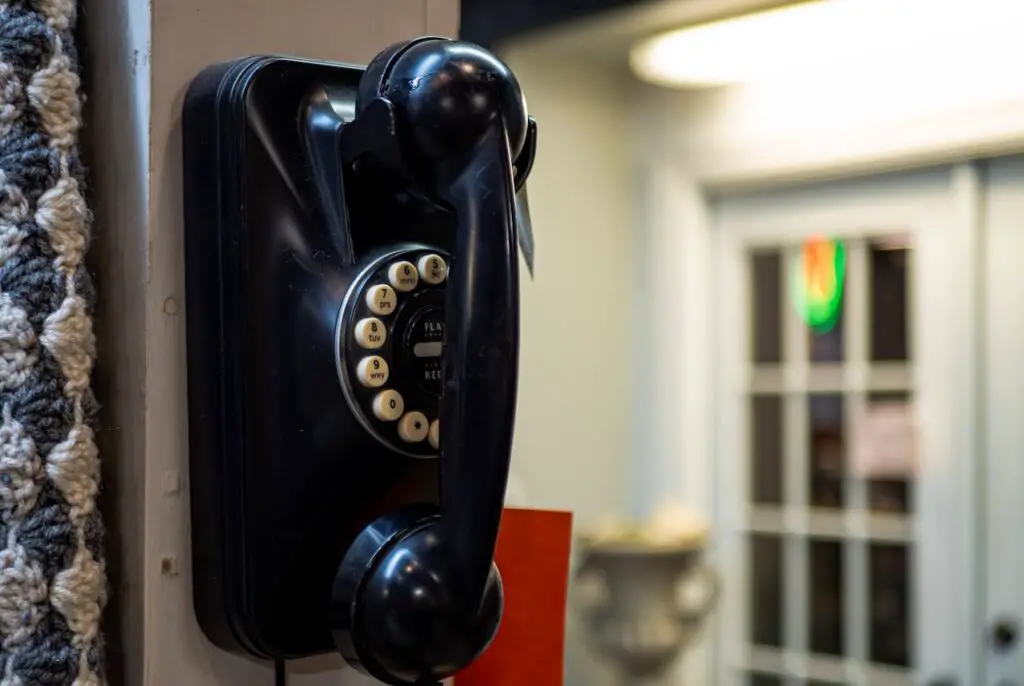10 Beloved Parts of American Culture Boomers Are Watching Disappear

If you grew up a Baby Boomer in the United States, you know the country you live in today looks very different from the one you grew up in. The neighborhood streets where kids once played until the streetlights came on are now often quiet. The sound of the morning newspaper hitting the front porch is nearly gone, and the formality of Sunday dinners has largely faded into memory. Some of the cultural traditions that shaped an entire generation are disappearing—and for many Boomers, watching them slip away can feel a little bittersweet.
The good news? Even as these beloved parts of American life fade, their memories and the lessons they carried still hold meaning. Let’s take a nostalgic look at 10 traditions Boomers are seeing vanish and why they mattered so much.
1. Family Dinners Around the Table

For many Boomers, dinner time was sacred. Families gathered at the dining table to share a home-cooked meal, swap stories from the day, and enjoy real face-to-face conversation. Today, busy schedules, takeout meals, and digital distractions have chipped away at this tradition. While some families still make the effort, it is far less common. The ritual of sitting together each night helped strengthen family bonds, and many Boomers miss the warmth and routine of those nightly gatherings.
2. Formal Dining Rooms

Once a proud fixture in American homes, the formal dining room was a place where the “good china” came out for holidays and Sunday roasts. Many Boomers remember their parents setting the table with care, making even ordinary dinners feel special. These days, open-concept living has replaced the separate dining room, and the space often gets converted into home offices or playrooms. While practical, the shift leaves many nostalgic for the sense of ceremony that came with a room reserved just for family meals and celebrations.
3. Print Newspapers and Magazines Delivered at Home

The morning routine for many Boomers included brewing a pot of coffee and unfolding the day’s newspaper at the kitchen table. The rustle of the pages and the inky fingertips were part of the experience. With the rise of smartphones, tablets, and 24-hour news cycles, doorstep deliveries are dwindling. While digital news is convenient, it rarely matches the tactile satisfaction of flipping through a newspaper or magazine, carefully clipping out recipes, or completing the crossword puzzle in pen.
4. Landline Phones Clipped to a Belt or Mounted on the Wall

The family landline used to be the heart of communication. Whether it was the kitchen wall phone with a long, tangled cord or the cordless phone you clipped to your belt, everyone had one. Calls were often shared, with family members taking turns chatting with relatives or friends. Now, most households have gone entirely wireless, leaving landlines behind. While cell phones are undeniably useful, Boomers often miss the reliability of a landline—especially during power outages or when cell service is spotty.
5. Formal Living Rooms Reserved for Guests

Many Boomers grew up in homes with two living spaces: the casual family room for everyday use and the formal living room that was practically off-limits unless company came over. These spaces were kept pristine, sometimes with plastic covers on the furniture, and served as a symbol of hospitality and pride. Modern homes tend to favor open layouts with multipurpose rooms, leaving the formal living room behind. For Boomers, that meant losing a sense of occasion and tradition that came with welcoming guests into a special space.
6. China Sets and Porcelain Figurines

No Boomer home was complete without a china cabinet filled with delicate dishware and porcelain figurines. These items were often treasured wedding gifts or family heirlooms displayed with pride, even if they were rarely used. Today, younger generations are more minimalist and less likely to want or keep these collections, leaving many Boomers wondering what will happen to their carefully curated pieces. While they may not hold the same value for Millennials or Gen Z, for Boomers these items represent decades of memories and milestones.
7. Cable News as the Go-To Information Source

For decades, Boomers tuned in to the evening news to get their daily dose of current events. Anchors like Walter Cronkite or Barbara Walters became trusted household names, and many families made a ritual out of watching the six o’clock news together. Now, streaming services, podcasts, and online platforms dominate the media landscape, and younger generations often skip television news entirely. Boomers who still prefer their favorite cable news programs are watching a tradition slowly fade, replaced by on-demand and often fragmented sources of information.
8. Tight-Knit Neighborhood Communities

Boomers often grew up in neighborhoods where everyone knew each other’s names. Kids played kickball in the street, parents chatted over fences, and neighbors looked out for one another. Today, with busy lives and more transient communities, those close neighborhood bonds are increasingly rare. While technology has made it easier to stay connected globally, many Boomers miss the simple comfort of borrowing a cup of sugar from next door or knowing the entire block would show up for a summer barbecue.
9. Handwritten Letters and Greeting Cards

Before email and instant messaging, sending a handwritten letter or greeting card was the ultimate way to show you cared. Holiday cards decorated mantels, birthday cards were displayed proudly, and love letters were carefully saved in boxes for decades. Today, while e-cards and texts are faster, they rarely carry the same personal touch. Boomers often miss the joy of finding a handwritten note in the mailbox—something tangible that felt like a little piece of someone’s time and heart.
10. The Traditional 9-to-5 Workday

The dependable rhythm of working from nine to five, Monday through Friday, was a cornerstone of the Boomer generation. It brought structure to daily life, weekends off for family, and a clear separation between work and home. But as remote jobs, flexible hours, and gig work rise, that once-standard schedule is fading. For many Boomers, especially those nearing retirement, it can be jarring to see the familiar routine disappear. While flexible work offers freedom, it also erases some of the predictability that once anchored daily life.
Final Thoughts

As the world changes, it is natural for traditions to shift and even fade away. But for Boomers, these disappearing parts of American culture are more than just quaint memories—they represent the values, routines, and connections that helped define an era. While the modern world offers plenty of conveniences, there is still value in revisiting some of these practices. Host a family dinner, write a handwritten card, or dust off that fine china for a special occasion. After all, traditions do not have to disappear completely; they can live on in the ways we choose to honor them.
Leave a Reply